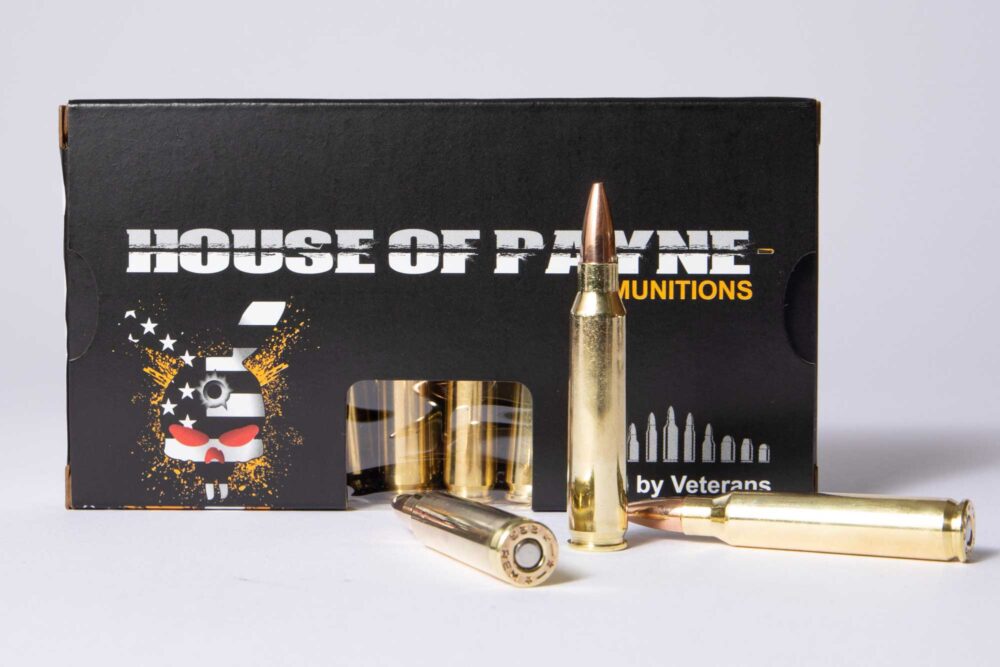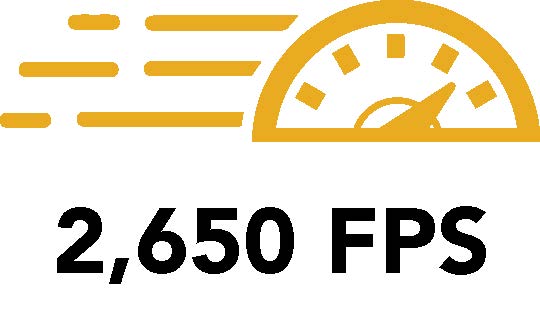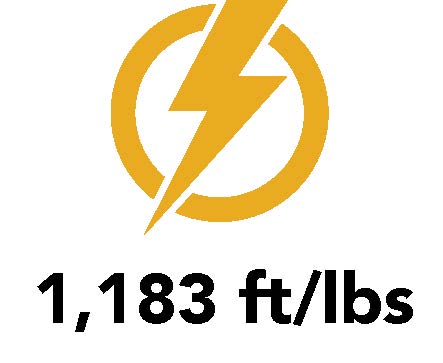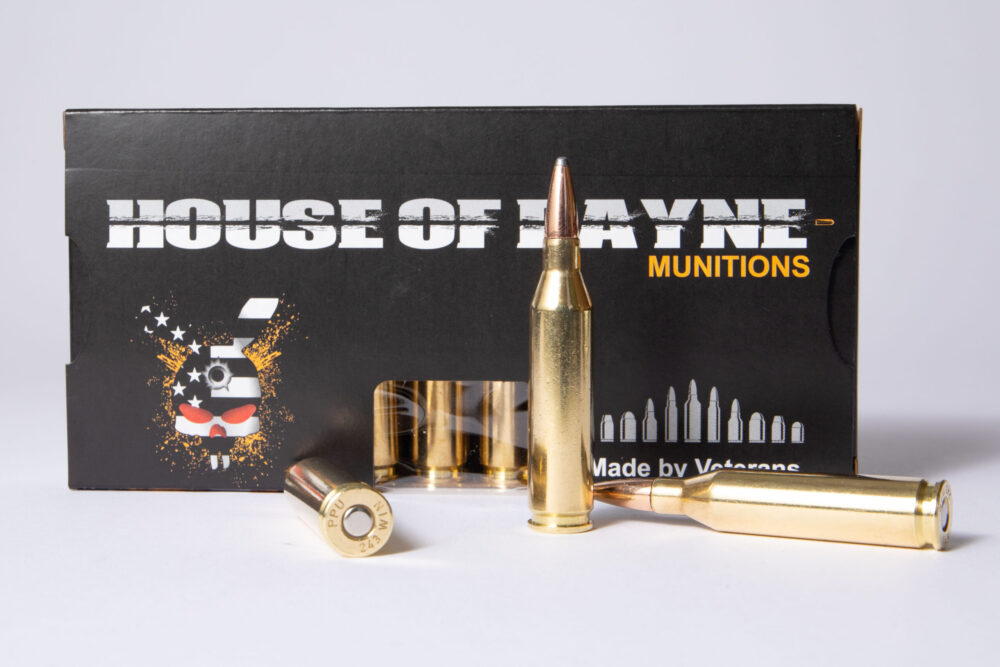HOP Blog
223 vs 243: Which Cartridge Is Best for Your Hunt?
Born just two years apart, the .223 Remington and .243 Winchester grew up in entirely different neighborhoods of the shooting world.
The .223 was designed in 1957 for the experimental AR-15 rifle and went on to become the 5.56 NATO, the workhorse of military rifles worldwide.
The .243 Winchester, introduced in 1955, came from a different pedigree. Winchester built it by necking down the .308 case to fire lighter 6mm bullets, creating a fast, flat-shooting cartridge that bridged the gap between varmint rounds, such as the .22 Hornet, and big-game calibers like the .30-06.
Today, both cartridges are favorites among hunters, the .223 for its affordability and low recoil in predator control, and the .243 for its ability to humanely take deer and pronghorn at longer ranges. While they overlap in some roles, they aren’t interchangeable. If you’re deciding which one deserves a place in your safe this season, this no-nonsense guide will break down ballistics, recoil, and real-world performance so you can make the right call.
Quick Take: 223 vs 243
The .243 Winchester is the bigger, more powerful round. It shoots heavier bullets, hits harder, and stretches your effective range for deer, antelope, and coyotes way out past what the .223 can manage.
The .223 Remington is the budget-friendly workhorse. It’s cheap to shoot, easy on your shoulder, and ideal for varmints, predators, and high-volume trigger time.
Bottom line:
- Go .223 for varmints, coyotes inside 300 yards, and affordable practice.
- Go .243 when you need more power for deer, antelope, or when every shot counts at longer range.
Cartridge Basics: Size & Power
| Spec | 223 Remington | 243 Winchester |
| Bullet Diameter | .224″ | .243″ |
| Common Bullet Weights | 40-77 grain | 55-115 grain |
| Case Length | 1.76″ | 2.045″ |
| Max Pressure | 55,000 psi | 60,000 psi |
| Action Type | AR-15, Bolt | AR-10, bolt |
The .243 is based on the .308 Win case necked down to 6mm. It holds nearly twice the powder of the .223, and that extra power translates to higher velocity, more energy, and better wind-bucking ability.
223 vs 243 Ballistics: HOP Loads Side-by-Side
.223 Remington
- Muzzle Velocity – 2,630 fps
- Muzzle Energy – 1,183 ft/lbs
- Bullet Weight – 77 grains
- Bullet Type – HPBT (Hollow Point Boat Tail)
77-grain .223 Ballistics Chart
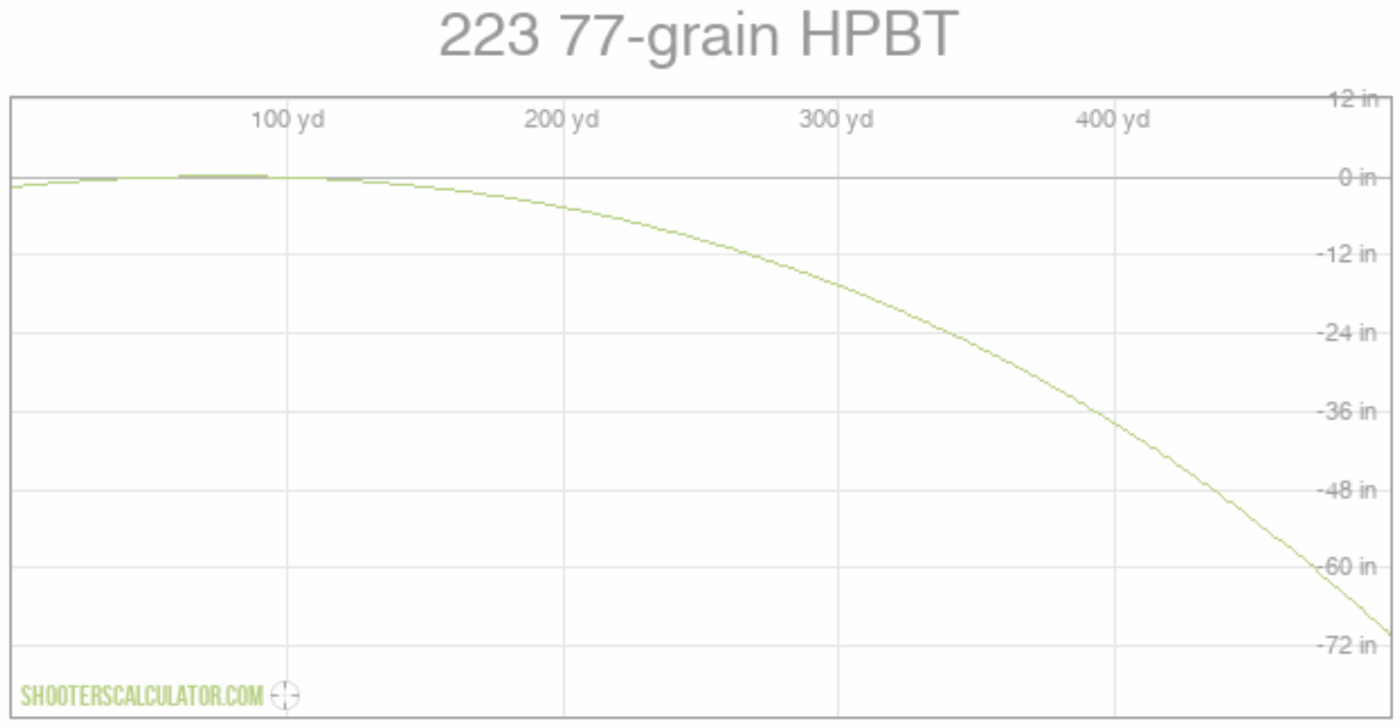
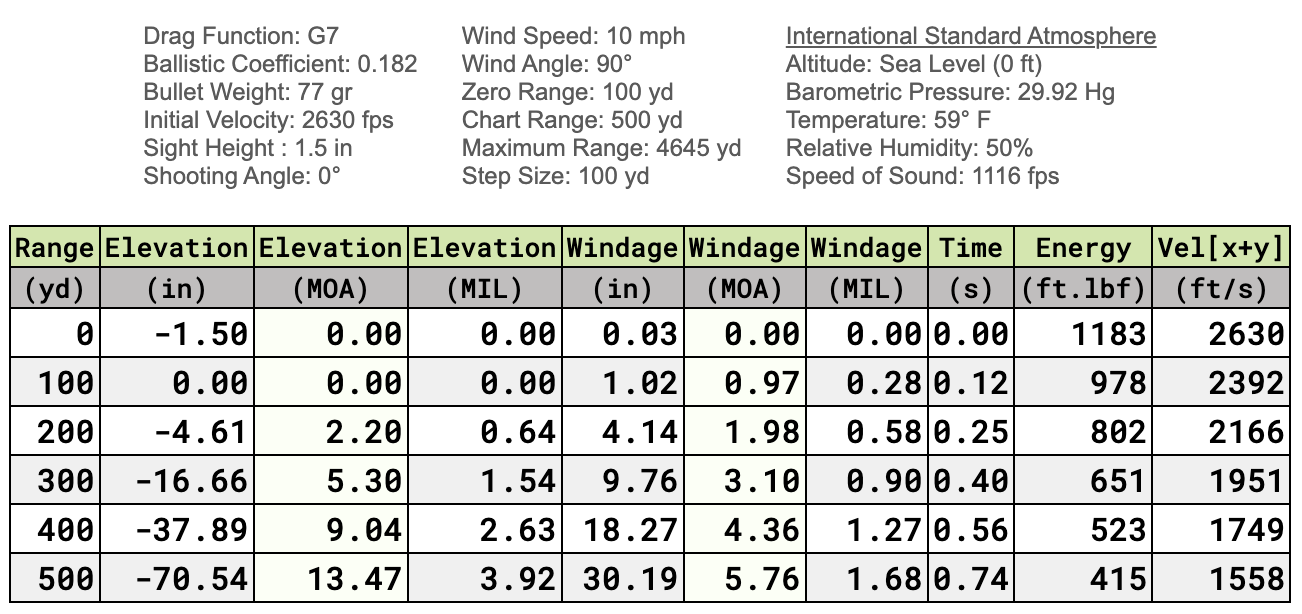
.243 Winchester
- Muzzle Velocity – 2,950 fps
- Muzzle Energy – 1,932 ft/lbs
- Bullet Weight – 100 grains
- Bullet Type – SP (Soft Point)
100-grain .243 Ballistics Chart
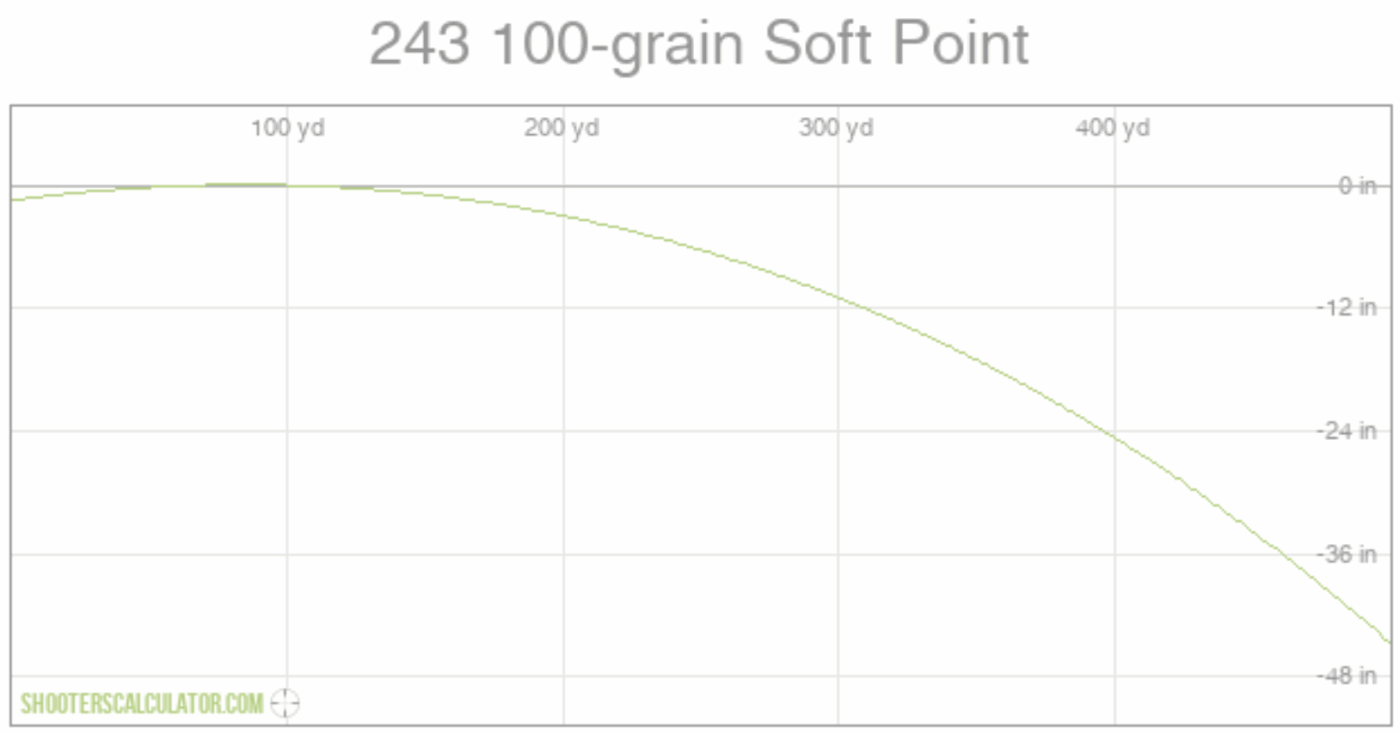
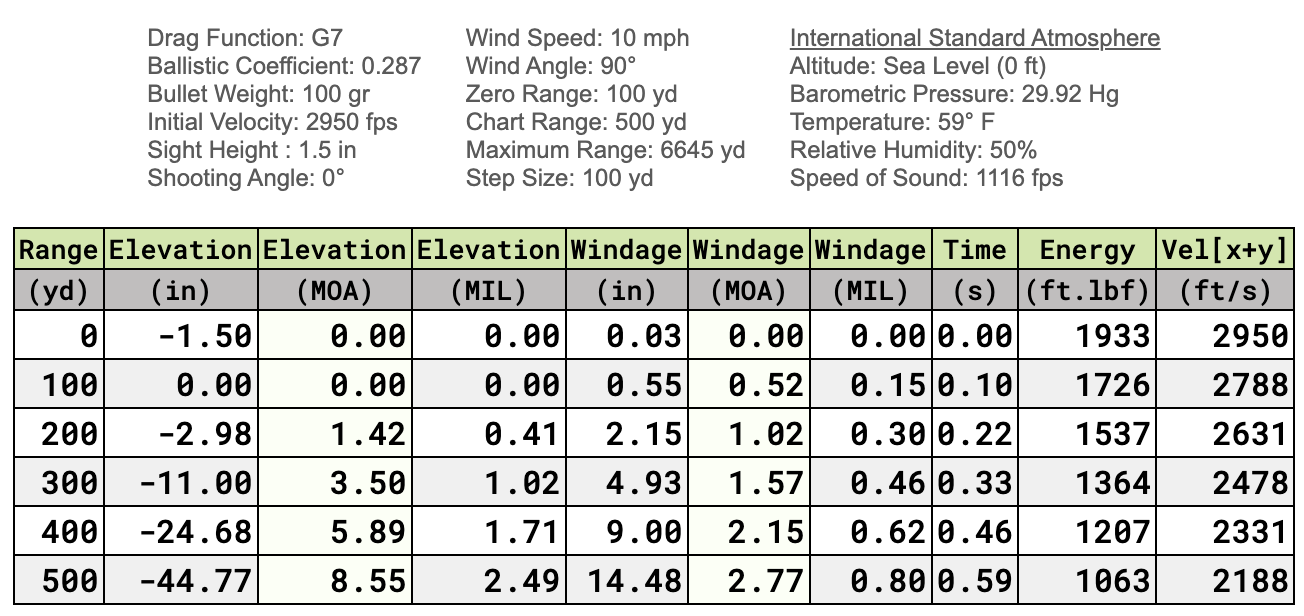
What it means in the field: The .243 pushes a heavier, larger-diameter bullet faster and with ~63% more energy at the muzzle.
That translates to better penetration, more authority on deer-sized game, and more forgiveness at distance and in the wind.
243 vs 223 Recoil
Recoil is where the .223 shines. Out of a 7 lb rifle, it’s soft-shooting and perfect for new hunters or long range days. The .243 has about 3x the recoil, but it’s still mild compared to .308 or 30-06.
- 223: Very minimal recoil.
- 243: Noticeable felt recoil, but still comfortable for most shooters.
223 vs 243 for Coyotes
If you hunt predators under 300 yards, the .223 is king, cheap ammo, fast follow-up shots, and plenty of fur-friendly loads.
But if you’re running contests or want DRT (dead right there) hits with fewer runners, the .243’s extra energy and flat trajectory give you an edge, just expect more pelt damage.
223 vs 243 for Deer
Both work, but they’re not equals.
- 223 for Deer: Legal in some states with the right bullet (Barnes TSX, Federal Fusion, Deer Season XP). Shot placement is critical.
- 243 for Deer: Nearly perfect. 90-100gr soft points drop whitetail fast, give you a little margin for error, and extend your ethical range past 300 yards.
Barrel Life & Cost
- 223: Cheaper to feed, easier on barrels.
- 243: More expensive, shorter barrel life — but hunters aren’t shooting thousands of rounds a year.
Final Thoughts: Choosing Between 223 and 243
When it comes down to it, there’s no bad choice here — just the right tool for the job.
If you’re after coyotes, groundhogs, and prairie dogs, the .223 Remington is where its at.
But if you’re chasing whitetails, pronghorn, or want one rifle that can handle predators and put meat in the freezer, the .243 Winchester is tough to beat. It carries more energy, bucks the wind better, and gives you a little extra margin for error when the shot of the season presents itself.
Bottom line: pick the caliber that matches what you hunt most, pair it with quality HOP Munitions ammo, and go make some memories.


